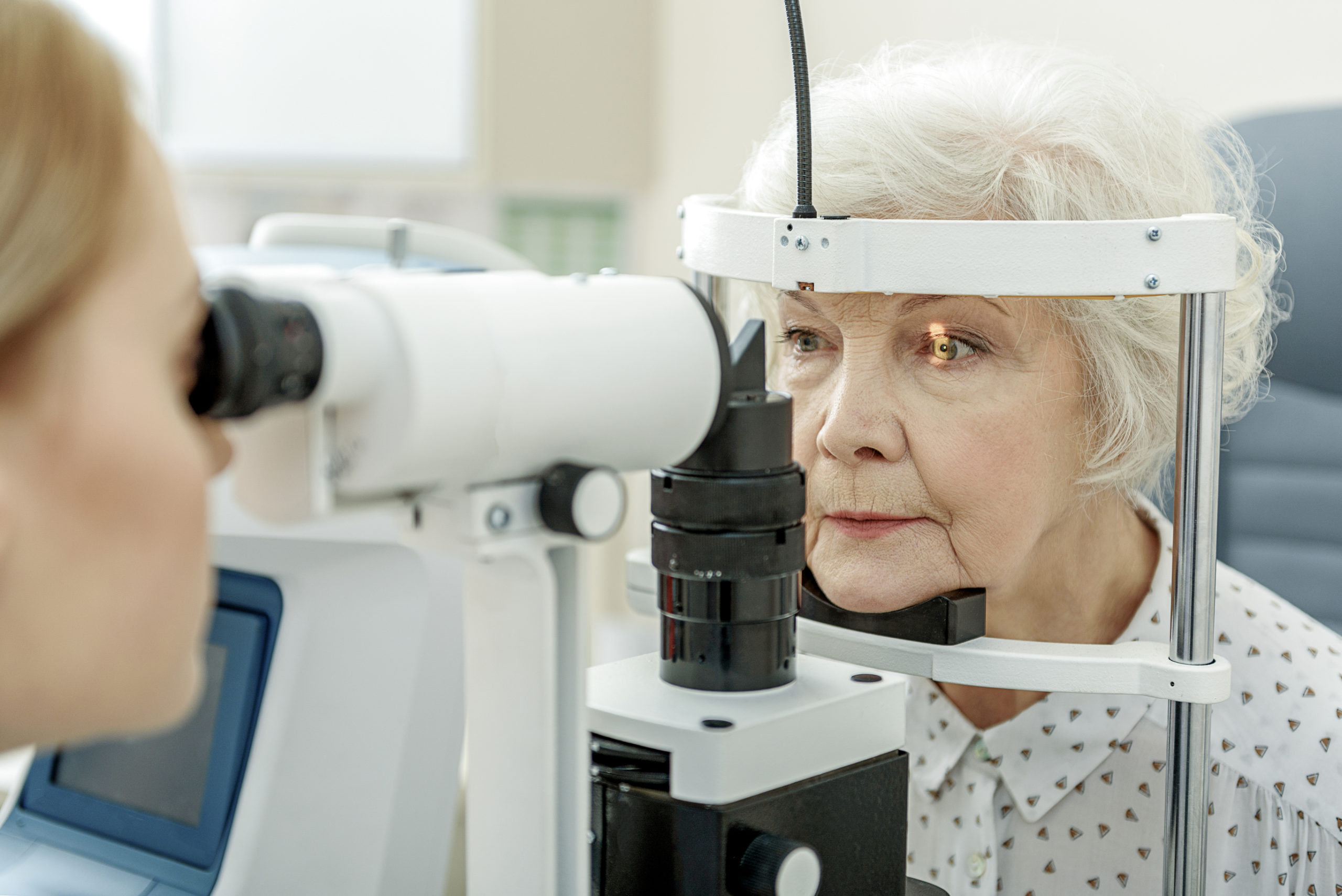Keratoconus: Symptoms and Treatment Options

![]() Nearsightedness and astigmatism aren’t the only causes of blurred vision. In some cases, it could be a product of a condition known as keratoconus.
Nearsightedness and astigmatism aren’t the only causes of blurred vision. In some cases, it could be a product of a condition known as keratoconus.
Most people associate glaucoma, cataracts, and other vision conditions with aging. Many younger patients, however, are susceptible to an equally debilitating condition called keratoconus. If you think you might be at risk or simply want to better protect your eyes, we’ll walk you through the warning signs and treatment options.
What Is Keratoconus?
Keratoconus is a gradual thinning of the cornea, the structure in the eye that’s responsible for refracting light. Whereas most people have round corneas, patients with keratoconus have cone shaped corneas, resulting in distorted vision.
Keratoconus shares several symptoms with more common vision problems like nearsightedness and astigmatism, including blurred vision and eye strain. As it progresses, however, most keratoconus patients begin to experience a heightened sensitivity to light and impaired night vision. Since these symptoms can be quite subtle at first, receiving yearly eye exams from an optometrist can help patients better understand their symptoms as early as possible.
Since keratoconus is a progressive disease, it can worsen over time, further distorting the patient’s vision and increasing their sensitivity to light. It can affect either one or both eyes, but it commonly occurs in both.
Keratoconus Symptoms
- blurred vision
- severe light sensitivity
- glare that interferes with vision
- frequent vision prescription changes
- sudden worsening of vision
- sudden clouding of vision
Causes
No one knows what causes keratoconus. Genetic and environmental factors are thought to be involved.
Risk Factors
Unlike glaucoma and cataracts, which are most common in older people, keratoconus is most often seen in people between the ages of 10 and 25. Like most medical conditions, a family history of it significantly increases a person’s likelihood of developing it. Poorly-fitted contacts and prolonged exposure to UV rays may also result in greater risk.
Aside from young people, people with Down syndrome, asthma, or sleep apnea, African-Americans, and Latinos are all more likely to suffer from keratoconus. In addition, it tends to be more common in men than women.
Other risk factors include:
- Eye rubbing vigorously
- Chronic eye irritation
- History of poorly fitted contact lenses
- Overexposure to UV rays
Treatment Options
Treatments for keratoconus can vary with the severity of the condition. In most cases, the condition will stabilize after a few years, preventing the need for intervention beyond contacts and glasses. In moderate to severe cases, however, patients may experience better results with a minimally invasive procedure.
Many patients, for example, benefit from wearing Intacs, small plastic eye inserts that correct vision by balancing out the shape of the eye. Other patients might be better suited to corneal crosslinking or corneal transplants, both of which can provide lasting relief from their symptoms.
Of course, it’s best to speak with a qualified eye specialist before embarking on treatment for your condition. If you’re suffering from keratoconus, the eye care specialists at ICON Eyecare are here to help. Contact us today to schedule an initial consultation.
[DISPLAY_ULTIMATE_SOCIAL_ICONS]








